
San Joaquin Disaster Response Program

The Philippines is near the West Pacific Basin(busiest typhoon belt in the world). The Philippines is also surrounded by the Pacific ocean, West Philippine sea, Bashi channel, and the Celebes sea. Due to the Philippines geographical location, it is subjected to 20 or more typhoons a year. The Typhoon Haiyan,for example, impacted our economy (we lost $5.8 billion).Of course, many people know that the Philippines is subjected to many typhoons every year and also how to be safe from typhoons. Some people, however, do not follow evacuation orders from the LGU. They choose to stay at their houses even though it is very dangerous. We need to educate people about the importance of evacuation. My local area is also experiencing Covid-19 problems. Cases here in San Joaquin, Pasig are growing day by day.
The Philippines is also a part of the Pacific Ring of Fire where the most active volcanoes and most numbers of earthquakes lie. Metro Manila, the center of business, can possibly experience a 7.2 magnitude earthquake caused by the shaking of the West Valley fault in the future. This earthquake can destroy the lives of the people, the Philippines economy, and the non-engineered houses. Non-engineered houses can be easily destroyed in a 7.2 magnitude and intensity 8 earthquake alike. Strong earthquakes may result in sudden evacuation. As we know, we have Covid-19 problems. The issues of Covid-19 may add to the effect that the problem might cause. The evacuation centers are small and crowded, so the social distancing guidelines and the wearing of face masks and shields might not be followed. These problems might multiply the Covid-19 cases, thus, worsening their woes caused by earthquakes. To somehow save them from earthquakes, we should also educate them on what to do before, during, and after the earthquake.
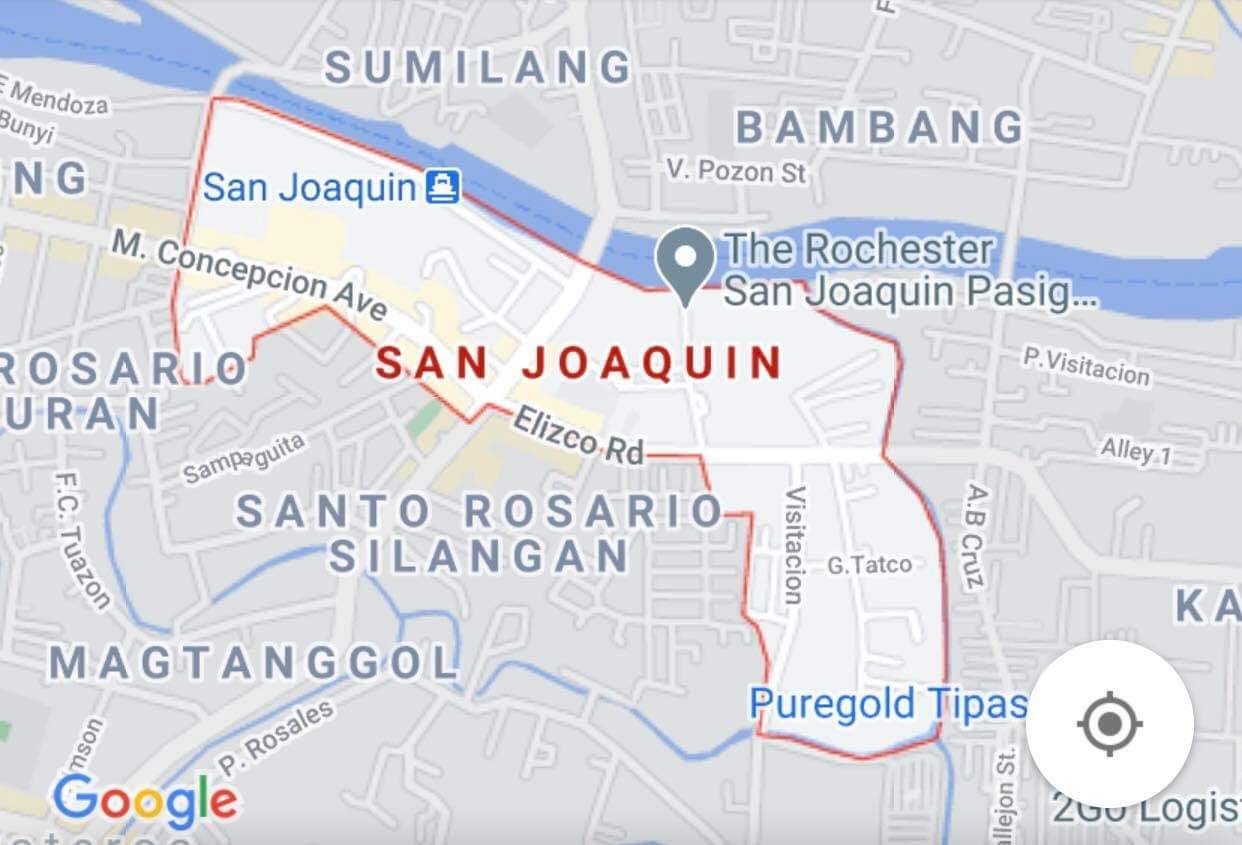
(Map of Brgy. San Joaquin)
The Philippines and NCR experience typhoons every year; therefore, San Joaquin also experiences those. San Joaquin is not a flood prone area. If ever 3, 4, and 5 typhoon signals strike, some houses might be destroyed. There are many non-engineered houses or old houses in the San Joaquin area and typhoons could easily destroy those kinds of houses because of strong winds. People might need to evacuate to certain evacuation centers. We know we have Covid-19 problems in San Joaquin. Evacuation centers might be crowded, so Covid-19 problems might worsen. Social distancing and some guidelines might not be followed. The Big One can also happen in the NCR anytime. NCR is the center of all things here in the Philippines. It is also the business hub and one of the most populated regions here in the country. San Joaquin, Pasig is part of NCR, so the problems that might arise in Metro Manila could affect San Joaquin a lot. The bridges will most likely be destroyed, thus transportation and travel will be difficult. There are many non-engineered houses or old houses in our area and powerful earthquakes could partially or completely damage those kinds of structures.The effects of typhoons,Covid-19 could even be a greater problem, since both of them could be a threat to the lives of the people. We must plan out how we can mitigate the effects of Covid-19 and the typhoons accordingly.
We need to practice DRRM cycle to prepare for future typhoons. We can mitigate the effects of typhoons, by identifying the geographical location and building typhoon-proof evacuation centers. We should prepare the things that the people may need for the evacuation. We should coordinate with government agencies that could respond after a serious typhoon or earthquake. Lastly, we need to rebuild our economy and broken infrastructures. As an SK chairman, we need mitigation plans for these disasters so we can be prepared. Failing to do so might result in worse damages and the death of many.
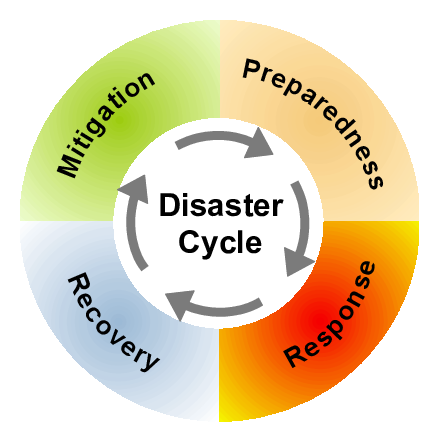
(DRRM Cycle)

(Flood Wall)
- Some parts are far from the Pasig River, while others are near.
- There are flood walls around the river that could mitigate the effects of the overflowing of the river.
- San Joaquin will not experience the overflowing of the Pasig River.
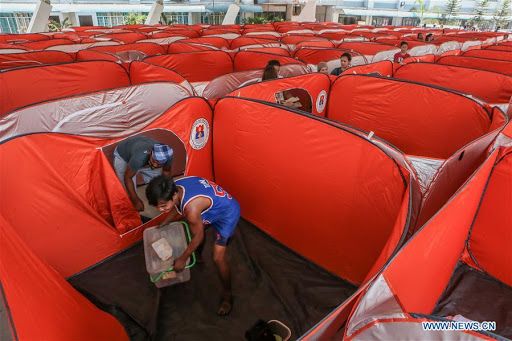
(Modular Tent)
- Local offices have different jobs.
- Evacuation centers ( Ultra, covered courts, and schools)
- Mandatory evacuation before a typhoon.
- Mandatory Covid-19 testing in the evacuation center.
- Suspension of classes
- DILG Oplan Listo
- Oplan Yakal
- Add modular tents in evacuation centers
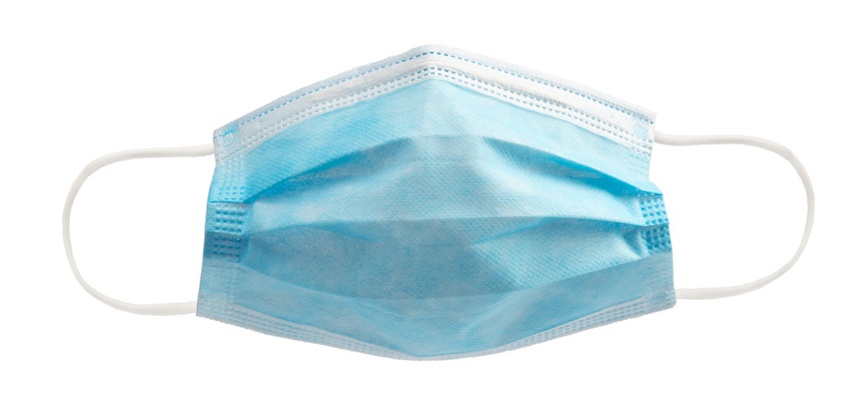
(Facemask)
- Rebuilding the rebuilding evacuation centers into typhoon-proof ones.
- Give free health kits that have face masks, face shields, and some medical needs to people. These kits can help people have extra face masks for Covid-19 protection in case of disasters.
- Update evacuation plans in response to Covid-19 ( people should wear masks and face shields, and practice social distancing.
- Road widening project.
- Rebuilding the evacuation centers into earthquake-proof ones. We can use more durable materials and rubber-bearing technology. The evacuation centers should withstand a 7.0 - 7.5 magnitude earthquake.
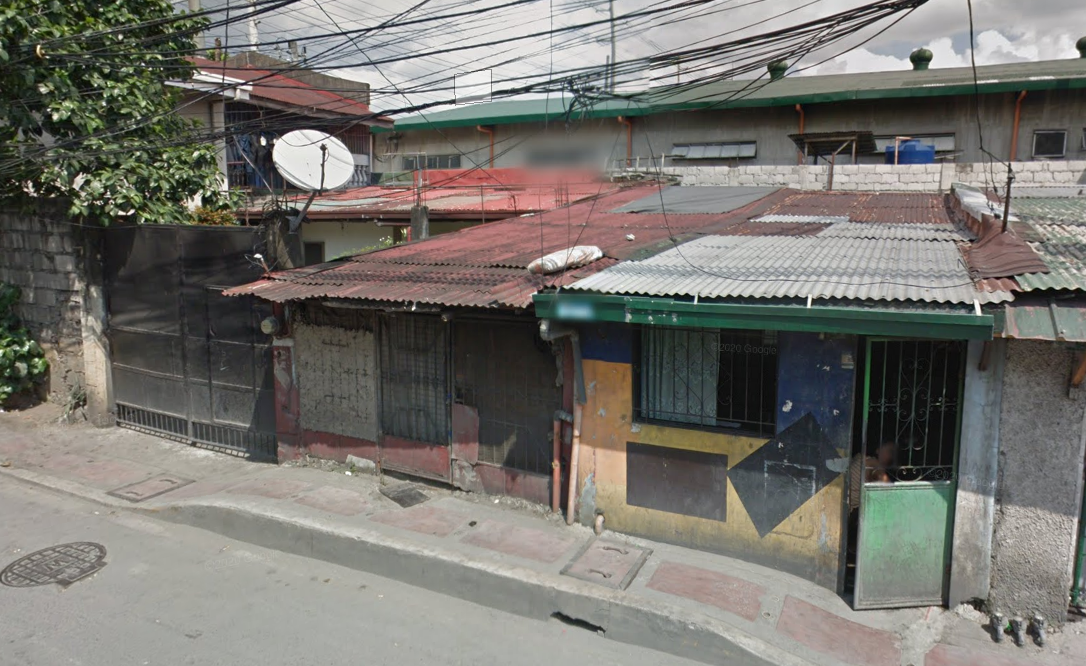
(Example of old house found in Brgy. San Joaquin)
- Houses are not durable.
- Roads are too narrow.
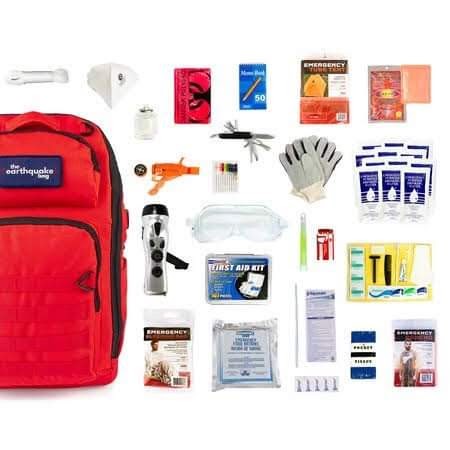
(First Aid Kit)
- Canned foods
- Water bottles
- First aid kits
- Health kits (with face mask)
- Communication tools (whistle)
- Personal supplies
- Emergency hotlines
- Knowledge about the effects of different typhoon signals/different magnitutes


| Contact | Contact Number |
|---|---|
| Pasig DRRMO | 8-643-000 |
| City health office | 8643-1111 |
| San Joaquin super health center | 09615825017 |
CITY LEVEL (Typhoon):
- City/Municipal Social Welfare and Development Office (C/MSWDO) is assigned for relief and rehabilitation
- City/Municipal/ Rural Health Office (C/M/RHO) is for medical needs and nutrition
- Local Disaster Risk Reduction and Management Office - LDRRMO is assigned for communications, warning, search, and rescue
- Local PNP is for safety and security
- City Engineering Office is for recovery and rehabilitation
NATIONAL LEVEL:
- BFP, PNP, LDRRMO, DILG, AFP, Coast Guard, Marine for search, rescue and retrieval
- PNP, Tanods, Public Safety Office, AFP, Coast Guard, Marine for safety, law and order
- DPWH, Engineering Office, BFP for clearing operations
- MSWDO and school representatives for camp coordination and management
- WASH, SRH, Nutrition, and PSI MHPSS including MHO, sanitary inspector, MNAO for health emergency response
- Public information officer, media relations for communication and public awareness
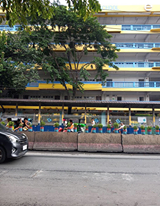
(San Joaquin elemantary School)
- Ultra, Pasig
- San Joaquin Elementary School
- Covered Courts
- Practice social distancing and wear masks inside such evacuation centers.
- Prepare important resources that you will need.
- Prepare the evacuation plan
- Advise the local people to evacuate beforehand
- Prepare the relief goods
- Give out masks
- Assign each offices for certain jobs
- Strengthening the Barangay Disaster Risk Reduction and Management Council (BDRRMC)
- Declogging of canals
1. Start a voluntary evacuation (Mandatory evacuation in high-risk areas)
2. Use markers to guide evacuees
3. Assess pre-identified evacuation centers
4. Prepare the evacuation centers and the list of evacuees
5. Ensure supplies
6. Ensure medical assistance
7. Give out face masks , face shields, and implement social distancing
8. Distribute relief goods
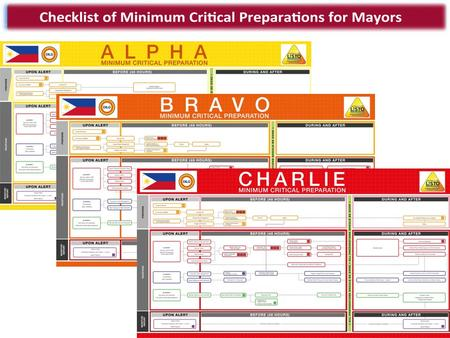
(Oplan Listo Alpha, Bravo, and Charlie)
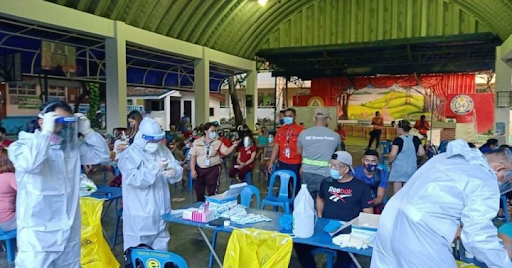
(Testing of Covid-19 )
- Damage assessment
- Listing of dead and injured people
- Evacuate people as fast as we can
- Implement Covid-19 rules
- Distribute relief goods
- Give masks to the people
- Building modular tents
- BFP, PNP, LDRRMO, DILG, AFP, Coast Guard, and Marine should supervise search and rescue, and they should give out a head count of injured, missing and other casualties if required.
- PNP, Tanods, Public Safety Office, AFP, Coast Guard, and Marine should patrol the community and evacuation centers continuously to ensure protection.
- DPWH, Engineering Office, and the BFP should help the Search, Rescue, and Retrieval teams in searching for trapped people in broken structures.
- MSWDO and school representatives should start mass feeding, acquire more relief goods, and give out relief goods.
- WASH, SRH, Nutrition, and PSI MHPSS including MHO, sanitary inspector, and MNAO should give medical assistance, admit injured people in hospitals, ensure safety, and provide face masks/ face shields.
- Public information officer, and media relations team should impart advisories and warnings

We need to reconstruct infrastructures and important buildings, electric posts, and houses for recovery.
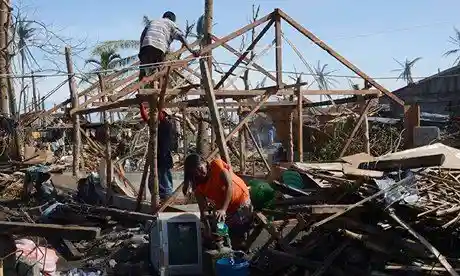
(Example of Reconstruction)
- Rebuild important buildings (typhoon-proof/earthquake-proof)
- Typhoon-proof windows
- Consider the geographical location of the Philippines
- Help returning evacuees
- Community assessment for safety
- Restore power and water supplies